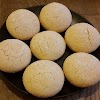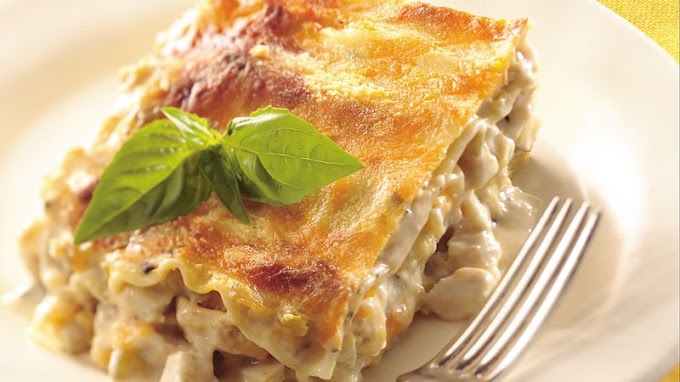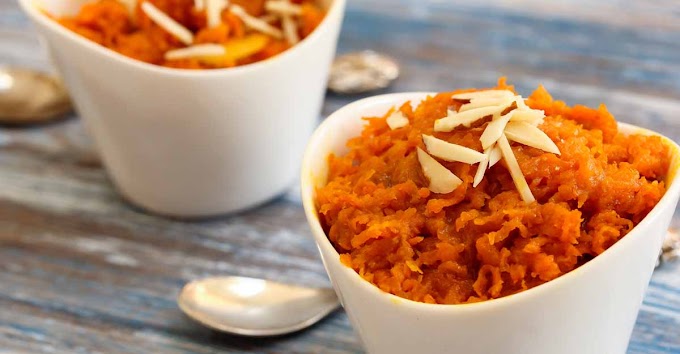INGREDIENTS
- 2 3/4 cups all-purpose flour (see note)
- 1 teaspoon salt
- 1 teaspoon sugar
- 2 1/2 teaspoons instant yeast
- 1 large clove garlic, finely minced
- 3/4 teaspoon dried rosemary or 1 tablespoon fresh rosemary, chopped
- 1/2 teaspoon dried thyme or 1/2 tablespoon fresh thyme, chopped
- 1/2 teaspoon dried oregano
- 1/2 teaspoon dried basil
- 1 tablespoon olive oil
- 1 cup warm water
INSTRUCTIONS
- In a large bowl (or the bowl of a stand mixer), mix the flour, salt, sugar, and yeast. Mix in the garlic and herbs. Pour in the water and olive oil and mix until the dough comes together, by hand or with a dough hook attachment, if using a stand mixer. Knead the dough until it has pulled away from the sides of the bowl (adding additional flour only if necessary – the dough will get less sticky as it kneads), about 4-6 minutes. The dough should be soft and pliable but not overly stiff. Likewise, it shouldn’t leave a lot of sticky dough residue on your fingers. The goal is a soft, supple dough.
- Cover the bowl with lightly greased plastic wrap and let the dough rise for 30 minutes, until it is puffy. Deflate dough and allow to rest for 5 minutes.
- Preheat the oven to 425 degrees F. Lightly grease a large, rimmed baking sheet and with your hands, spread the dough out roughly an 8?x10? rectangle. Use your knuckles or fingertips to make indentations over the dough, about every 1/2 inch. Lightly brush dough’s surface with olive oil and bake for 15 to 20 minutes, until golden brown.
- Immediately after removing from the oven, stir together 1 tablespoon olive oil and 1/2 teaspoon salt and brush over the surface of the hot bread. Tear or slice into pieces and serve.
NOTES
Yeast: you can use active dry yeast in place of the instant yeast. If you choose to do so, increase the amount of yeast to 1 tablespoon and proof it in 1/4 cup of the water called for in the recipe and the sugar. Let it foam and bubble before adding it to the rest of the ingredients.
Measuring the Flour: also, measure the flour with a light hand (I use the dip-and-sweep method after fluffing the flour up a bit) so that your dough isn’t too stiff and overfloured. You can always add a tablespoon or two extra as the dough mixes if it is too sticky.
Whole Wheat: also, I often use half to 3/4 finely ground white whole wheat flour with good results - and sometimes I get crazy and use 100% whole wheat flour (always finely ground white wheat) but the bread is a bit more dense with 100% whole wheat flour. If using part or all whole wheat flour, add a few minutes to the kneading time to help develop the gluten













0 Comments